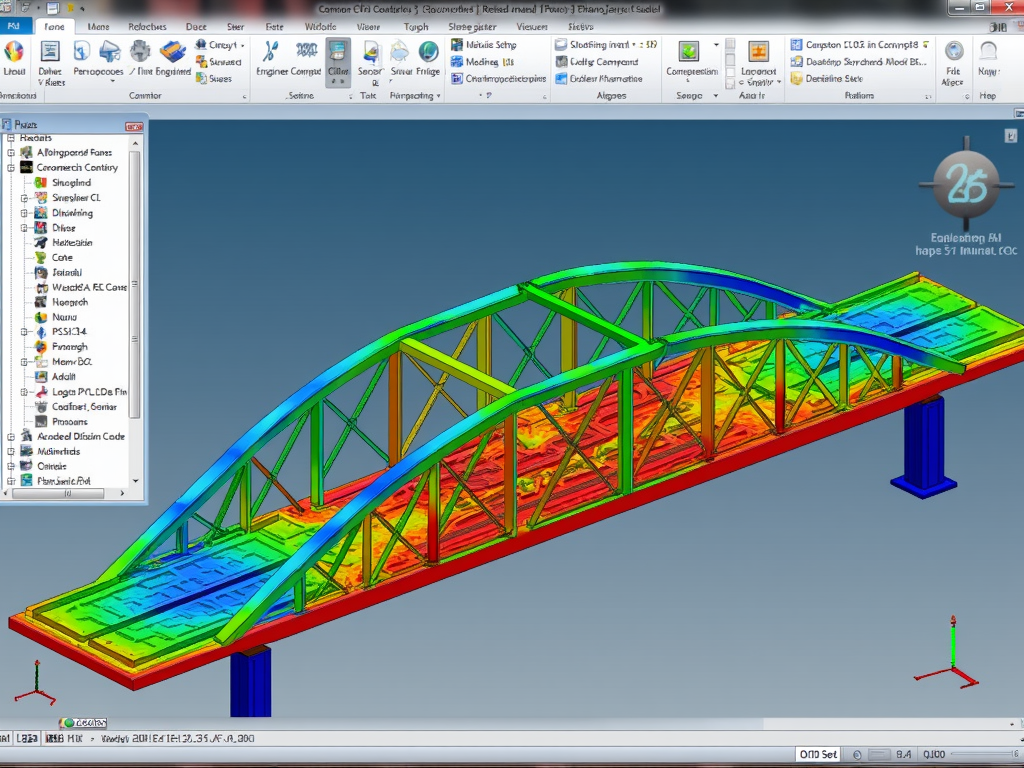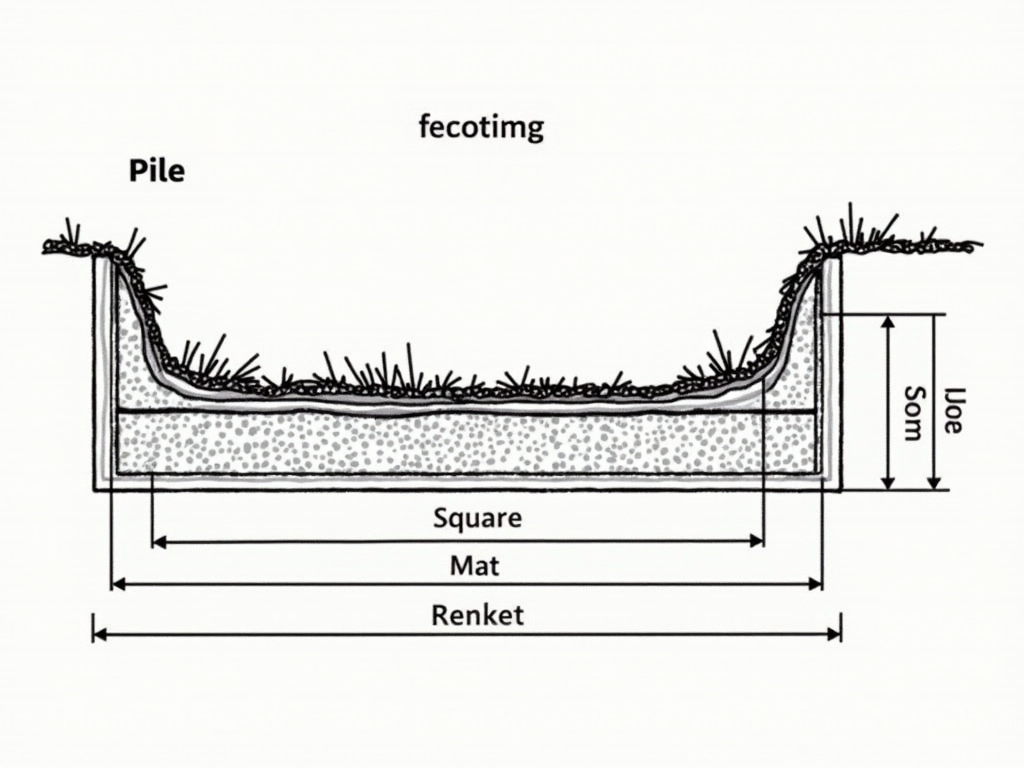Mastering Advanced Structural Analysis Techniques: A Comprehensive Guide
Structural analysis keeps buildings and bridges standing strong. But advanced techniques take it to the next level. This guide covers everything you need to know about advanced structural analysis techniques in about 1500 words. From load factors to footing calculations, we’ll break it down simply and share real insights to help you understand.
Understanding Load Factors: The Safety Net of Design
Load factors are numbers that make structures tougher than they need to be—just in case. They multiply the expected loads, like weight or wind, to account for surprises. This ensures safety when things don’t go as planned.
Picture designing a roof. You plan for snow, but what if a storm dumps twice as much? A load factor of 1.6 on live loads means you’re ready for 60% more weight. It’s a buffer that keeps people safe.
I learned this the hard way early on. On a small project, I thought load factors were too cautious. Then a mentor showed me how they cover tiny errors—like a weak beam or extra wear. Now, I see them as essential.

Interpreting Load Factor Codes and Standards: The Rules Made Clear
Codes and standards set the rules for load factors. They’re like a playbook for engineers. But figuring out how to use them—interpreting load factor codes and standards—takes practice.
The ASCE 7 standard is a big one in the U.S. It lists load factors for wind, snow, and more. At first, it’s a lot to take in. My tip? Start with what your project needs most—like wind rules for a tall building.
Once, I worked on a school in an earthquake-prone area. The code’s seismic section was key. I had to dig into why those numbers mattered, not just what they were. It’s about knowing the story behind the rules.
Check out this table of common ASCE 7 load factors:
| Load Type | Load Factor |
|---|---|
| Dead Load | 1.2 - 1.4 |
| Live Load | 1.6 |
| Wind Load | 1.0 - 1.6 |
| Earthquake | 1.0 - 1.5 |
These numbers shift based on your project, so always double-check the code.

Advanced Techniques in Structural Analysis: Tools for Tough Jobs
Advanced structural analysis techniques tackle the trickiest designs. They go beyond basic math to handle big, complex projects. Let’s look at a few.
Finite Element Analysis (FEA)
FEA splits a structure into tiny pieces for detailed study. It’s great for finding weak spots. I’ve used it on bridges and towers—set it up right, and it’s a game-changer. Mess up the model, though, and it’s useless.
Matrix Methods
Matrix methods use math to solve tricky structures—like beams with extra supports. They’re fast once you get them. I struggled with these in school, but now they save me time on tough jobs.
Dynamic Analysis
Dynamic analysis handles moving loads, like wind or quakes. It looks at how a building shakes or sways. I once used it on a high-rise to stop it from rocking too much in strong winds. It’s intense but worth it.

Footing Calculation: Building from the Ground Up
Footing calculation designs the base that holds everything up. Footings spread out the weight so the ground doesn’t give way. Get this wrong, and the whole structure’s at risk.
You start with the structure’s weight, then check the soil’s strength. Divide those, and you’ve got the footing size. I had a project where the soil was weaker than expected. We made the footings bigger mid-design—it was a scramble, but it worked.
Here’s a basic footing calculation rundown:
- Add up the structure’s total weight.
- Test the soil’s strength.
- Divide weight by soil strength for footing area.
- Pick a footing style—like a wide square or deep pile.
- Size it and add steel bars.
That’s the simple version. Real jobs add twists like uneven loads or local rules.

Wrapping Up: Why It All Matters
Advanced structural analysis techniques tie everything together. Load factors keep designs safe. Codes guide the process. Footings hold it up. Together, they make buildings and bridges you can trust.
I’ve seen how these pieces fit over years of work. No one trick does it all—you mix and match what fits. Sometimes it’s quick math; sometimes it’s heavy software. The key is knowing your options.
This guide walked you through load factors, interpreting load factor codes and standards, advanced methods, and footing calculation. With these tools, you’re ready to take on tough designs. Keep exploring—the field’s always growing!





